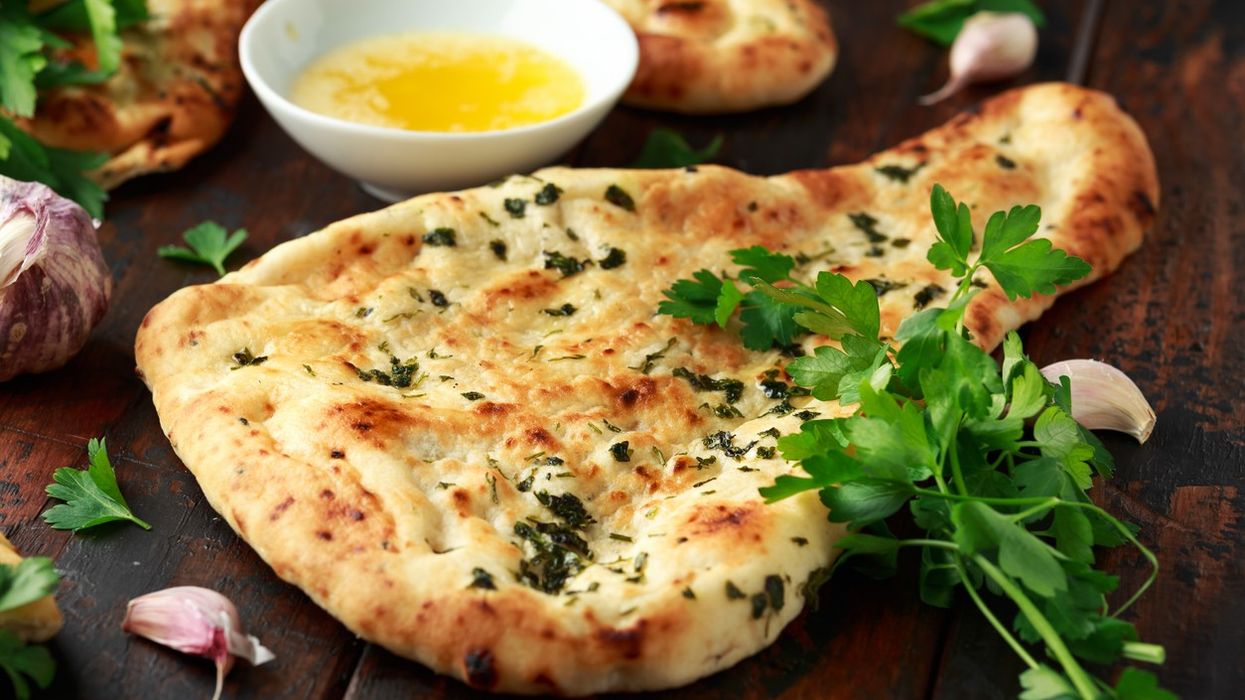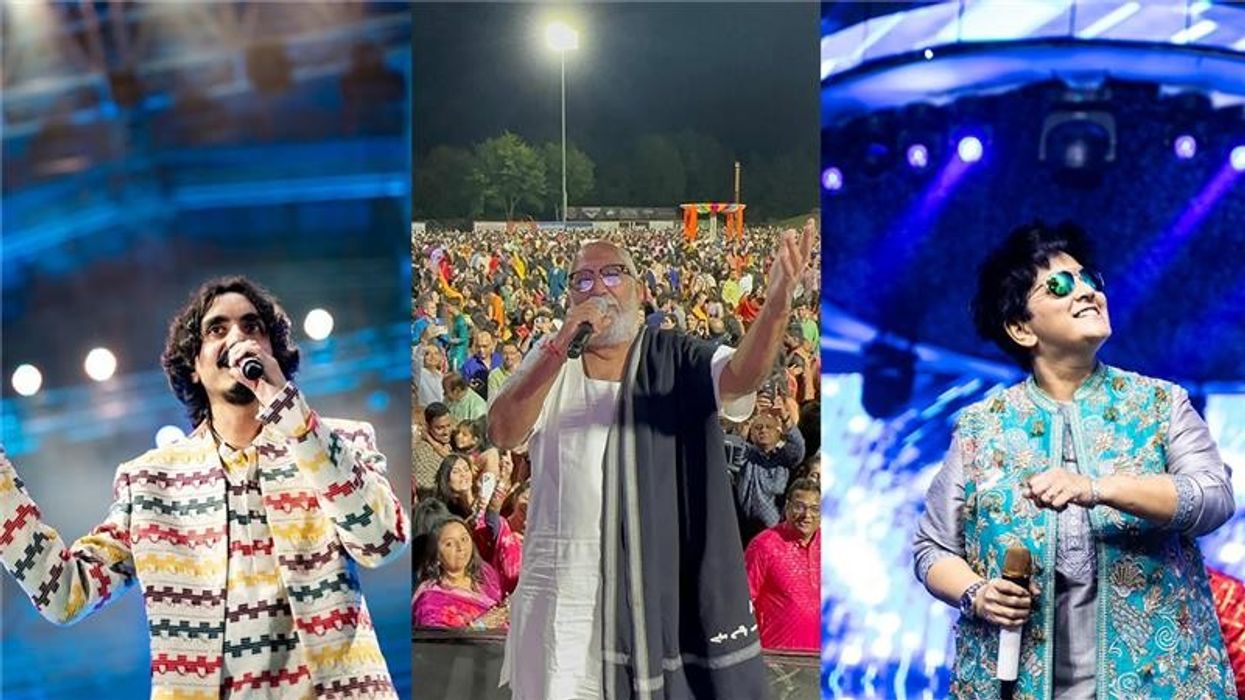Along the banks of Kolkata's Hoogly river lies Kumartali, a centuries-old potters' quarter that has become the spiritual and artistic heartland of Durga Puja idol-making. For generations, artisans known locally as kumars have shaped the clay forms of Goddess Durga and her assitants, creating idols that light up thousands of community pandals in Kolkata and travel across oceans to Bengali communities in the United States, the UK, Germany and beyond.
The story Kumartuli dates back to the 1700s when pot making slowly gave away to sacred sculpture, as worship of Durga became more elobaorate and commissioned by families and communities. Artisans passed down their crafts from father to son, mother to daughter, blending ritual with innovation. Every idol begins its life in straw and clay sourced from the Ganga, carefully shaped and layered in studios that hum with creativity.
- YouTube youtu.be
On Mahalaya, a central ritual called Chokhudan, painting the goddess's eyes, marks the spiritual awakening of the deity, giving her 'sight' and making her ready for worship.
Months before Durga Puja, Kumartuli's workshops come alive with activity. Artists and their families work tirelessly, often with women contributing crucial yet under-recognized labor in preparing clay, decorating idols, and painting delicate features. Some artisans specialize in sculpting hands or facial expressions, while master craftsmen oversee the overall form.
Every year, hundreds of these idols are shipped abroad, carrying with them the cultural essence of Durga Puja for diasporic Bengali communities who eagerly await them.
Yet behind the beauty lies a life of challenges. Work is seasonal, income fluctuates, and financial security is uncertain. Many artisans contend with shrinking workspace due to urban development, limited health benefits, and shifting market demands. Still, resilience defines Kumartuli. Some studios double as informal schools, training young sculptors and ensuring the survival of a centuries-old craft.
The impact of Kumartuli extends far beyond Kolkata. Its artistry defines Durga Puja celebrations worldwide, with exported idols becoming visual and emotional centers of festivities from New York to London. Each figure, instantly recognizable, honors religious tradition, evokes local Bengali pride, and inspires admiration from festival-goers of all backgrounds. Over time, “Handmade in Kumartuli” has become synonymous with reverence, authenticity, and unparalleled craftsmanship, solidifying the neighborhood’s role as both a cultural beacon and a bridge connecting communities across the globe.
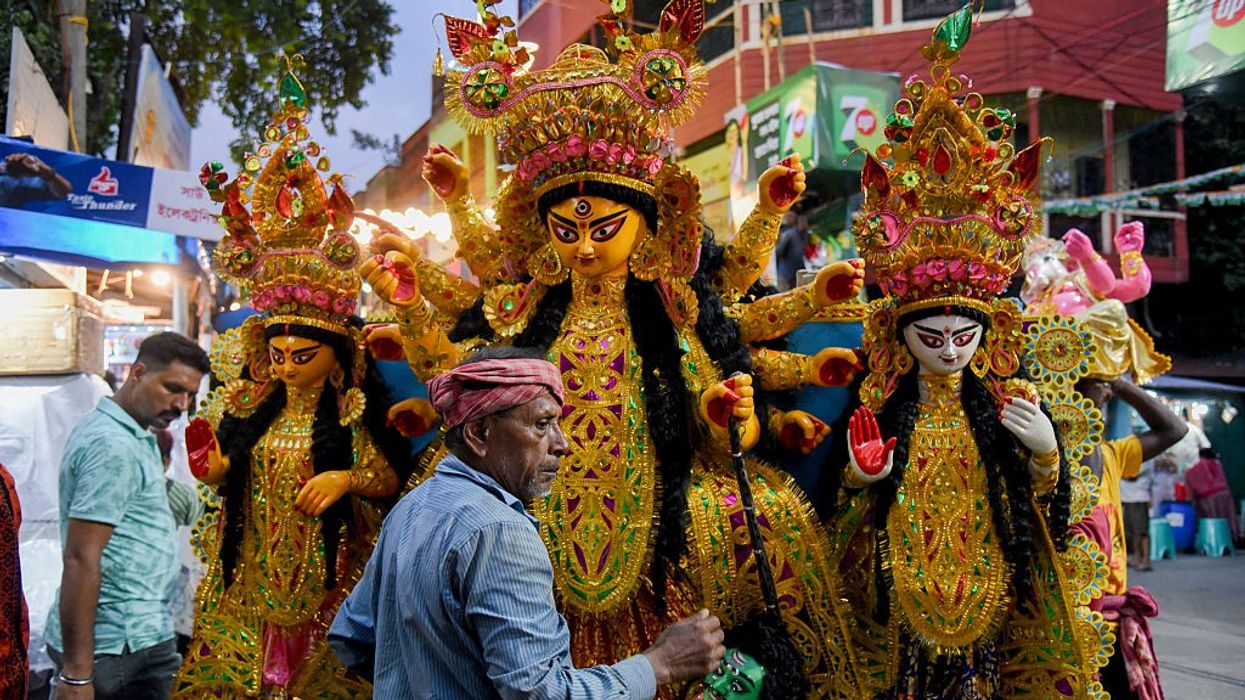

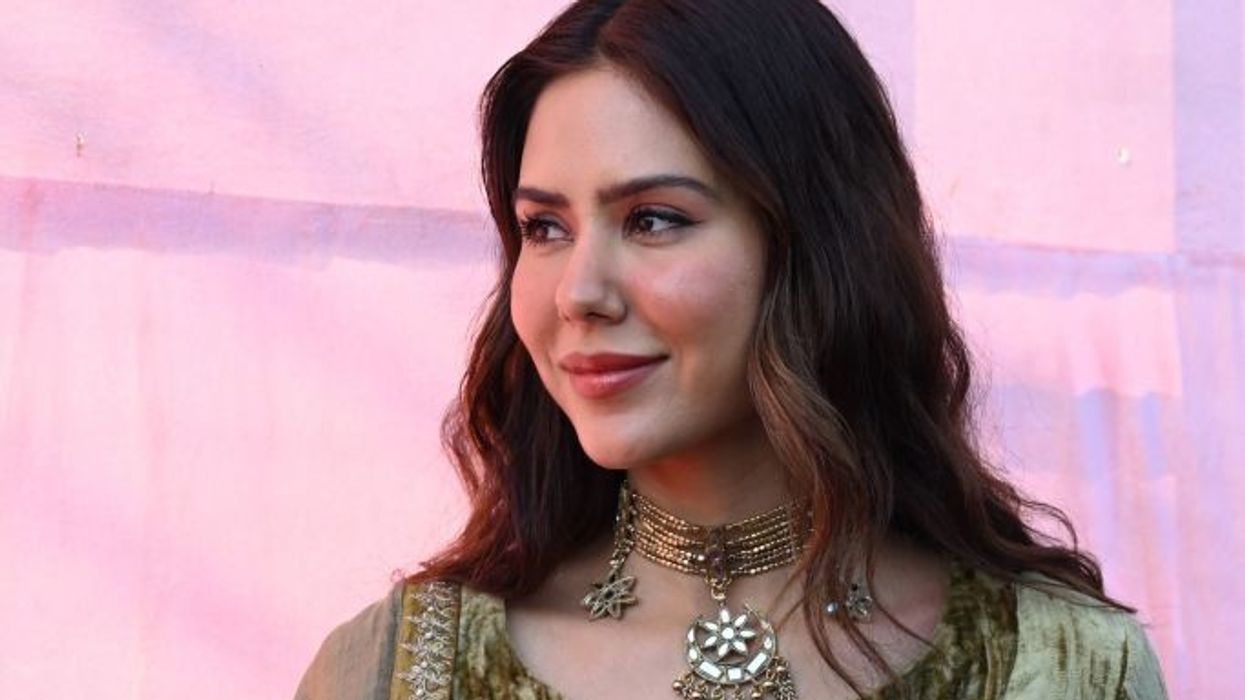

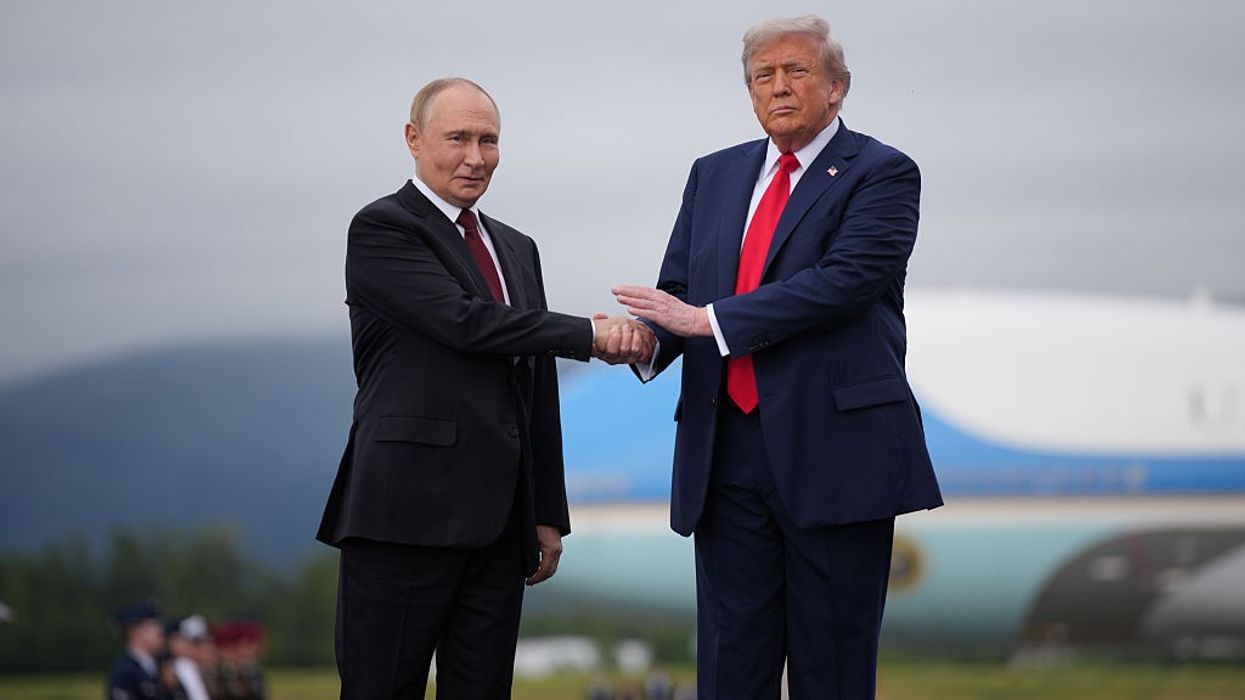

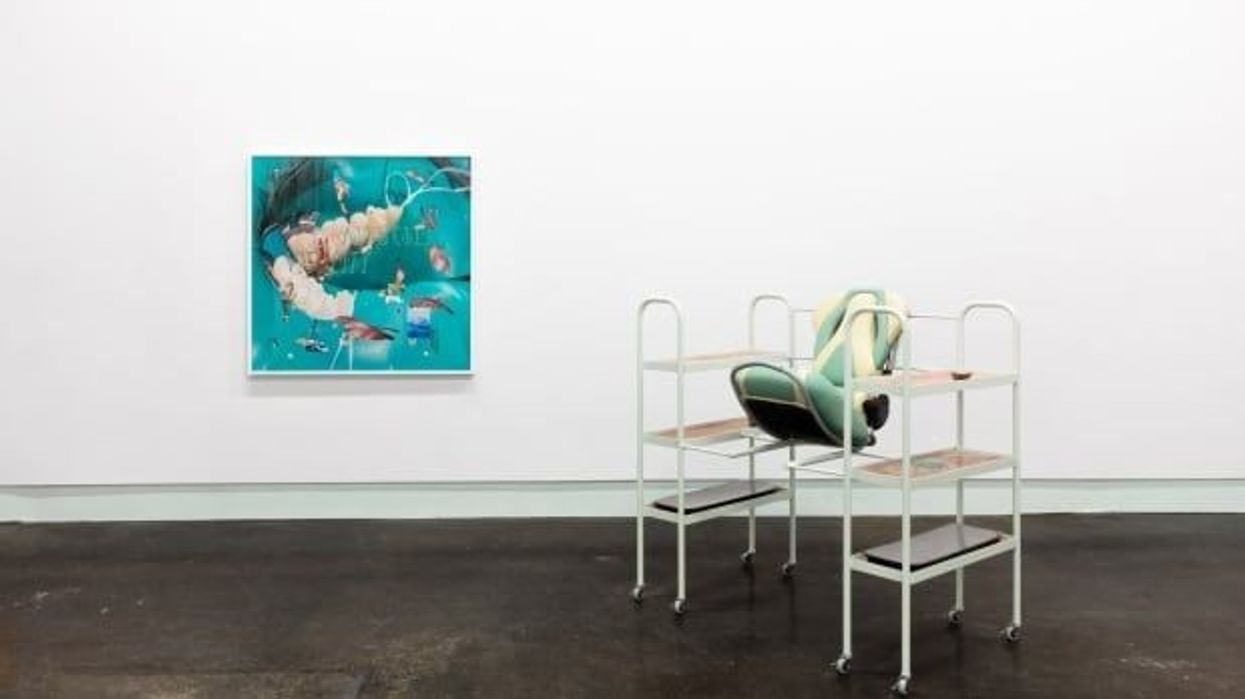



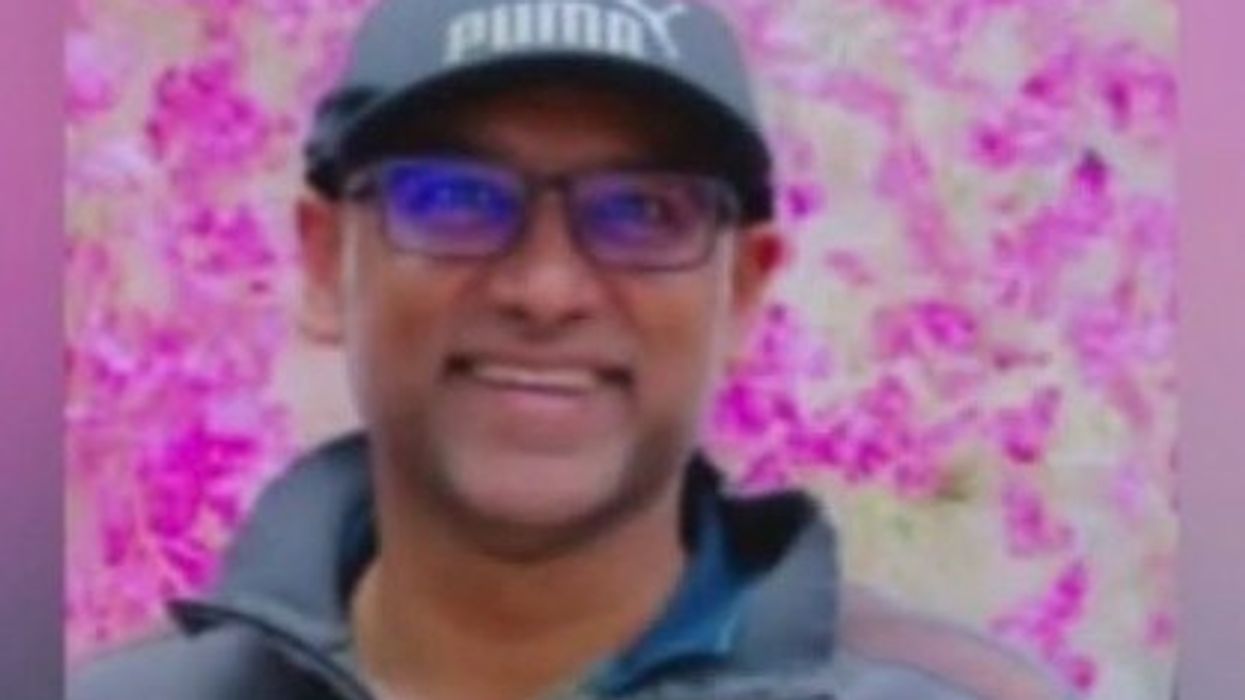


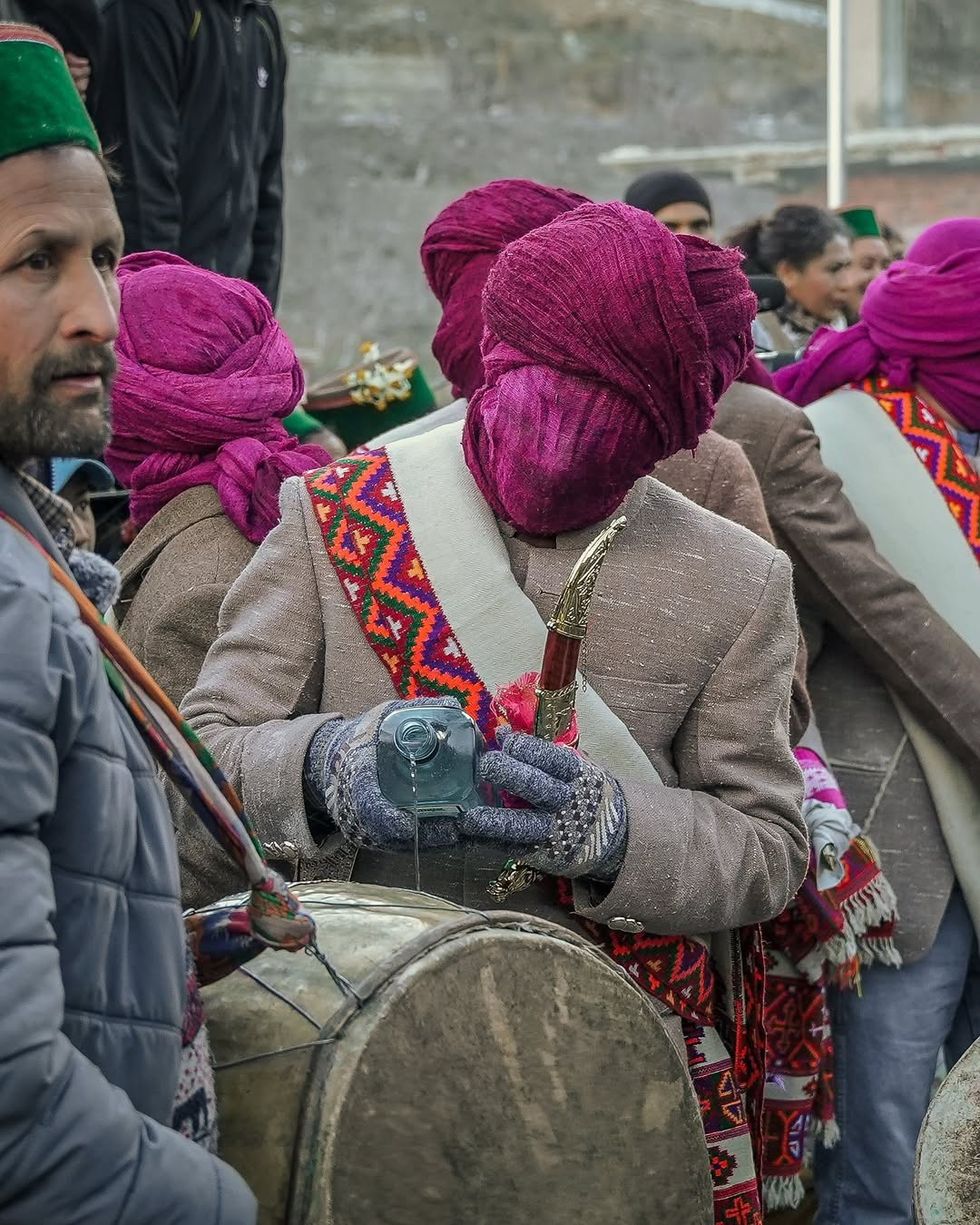 Instagram/@
Instagram/@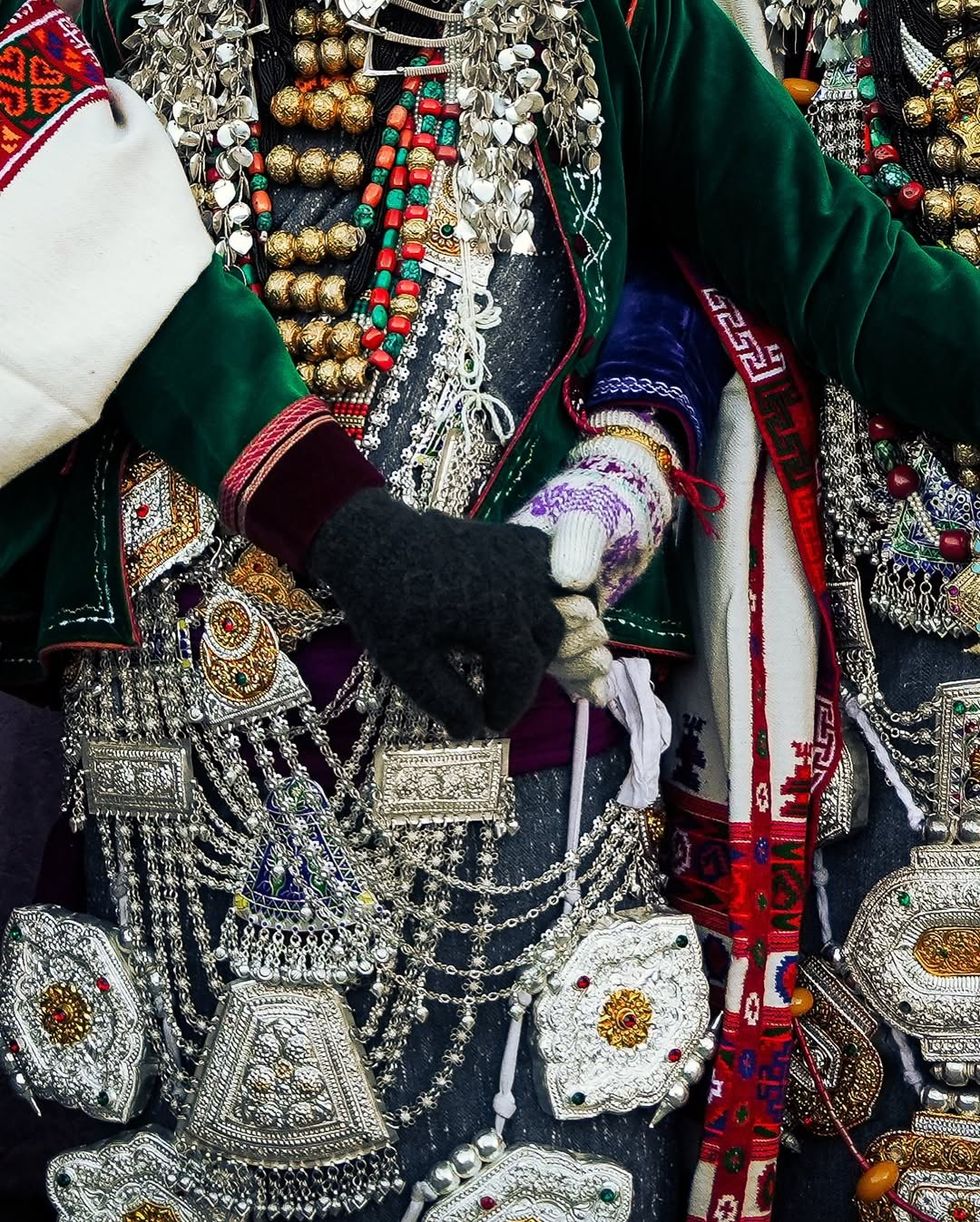 Instagram/@
Instagram/@ Instagram/@
Instagram/@